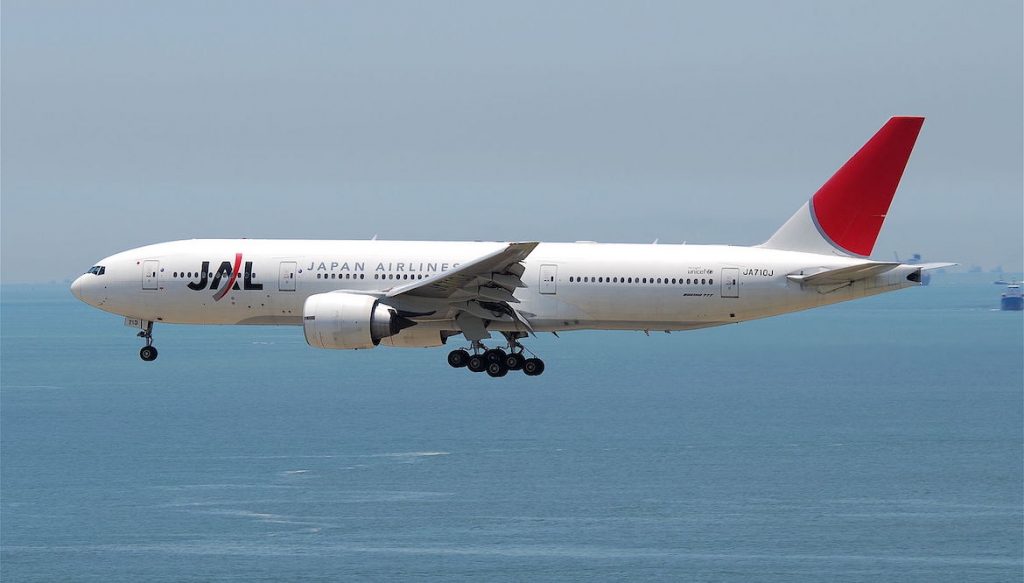
Japan Airlines has announced it has retired all 13 of its Boeing 777s equipped with Pratt & Whitney engines a year earlier than planned, in light of a dramatic single-engine failure that occurred onboard a United Airlines 777 with the same engines earlier this year.
In February, United Airlines flight UA328 suffered a “catastrophic and uncontained engine failure” on its right Pratt & Whitney PW4000 series engine shortly after take-off from Denver, at around 13,000 feet.
The failure resulted in debris from the engine cowling falling from the sky, while passengers stared at the fiery exposed engine. Powered by its one remaining engine, the aircraft landed safely on runway 26 around 23 minutes after departure.
Shortly after the incident, Japan Airlines announced it would suspend all operations on its own Boeing 777s with PW4000 series engines, until further notice.
The airline has now said it will fast-track the jets’ retirement, and instead opt to use its newer Airbus A350s on routes previously served by the 777s.
“JAL has decided to accelerate the retirement of all P&W equipped Boeing 777 by March 2021, which (was) originally planned by March 2022,” the Japanese airline said on Monday.
The news also follows an incident in which a JAL 777 with the same PW4000 engines suffered an engine malfunction in December 2020, and was forced to return to its origin airport, Naha.
“In response to the incident involving an engine failure on JL904 on December 4, 2020, operating from Okinawa Naha to Tokyo Haneda airport, and the United Airlines incident involving an engine failure on February 20, 2021, Japan Airlines has suspended the operations of Boeing 777 equipped with identical P&W manufactured engines,” the airline said.
“We will continue to fully co-operate and respond to the investigation by the Japan Transport Safety Board to determine the cause of the incident.”
Following the two incidents, the US Federal Aviation Administration in February ordered an immediate inspection of all Boeing 777 planes with PW4000 engines before any aircraft are returned to the skies.
It came after the National Transportation Safety Bureau found cracks in the United 777’s engine blades that were “consistent with metal fatigue”.
In order for the fan blades to be inspected, Pratt & Whitney partner company Raytheon confirmed that all blades would need to be sent to the company’s factory in Connecticut.
There are around 128 planes in the world that were affected by the FAA’s directive, with less than 10 per cent of the global fleet of Boeing 777s utilising the Pratt & Whitney PW4000-112 engine.
Currently, only JAL, United Airlines, ANA, Korean Air Lines, Asiana Airlines and Jin Air carry the affected 777s in their fleet.
Analysts at the time said that airlines based in Asia may opt to retire the affected 777s from their fleet, rather than spend the time and resources on removing the blades and sending them to the US for inspection.
Pratt & Whitney has also increased the required frequency of inspections on its PW4000 engines, which will now be required to be inspected every 1,000 cycles.
One cycle consists of one take-off and landing. Previously, these engines were due to be inspected every 6,500 cycles.
Shortly after the United Airlines engine failure, it was found that the plane’s engines were not due for inspection, after being inspected less than 3,000 cycles ago.










